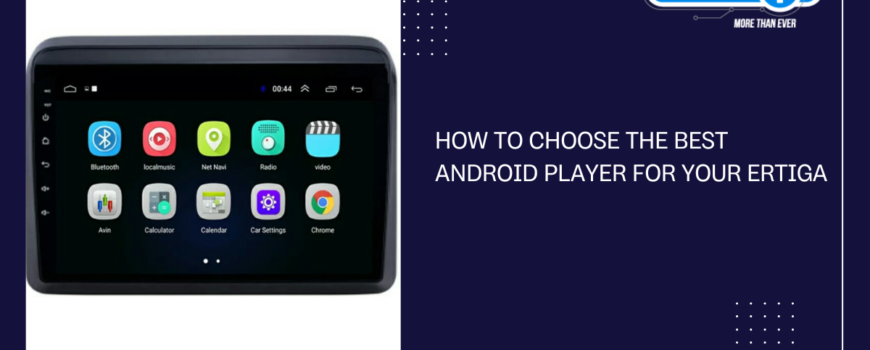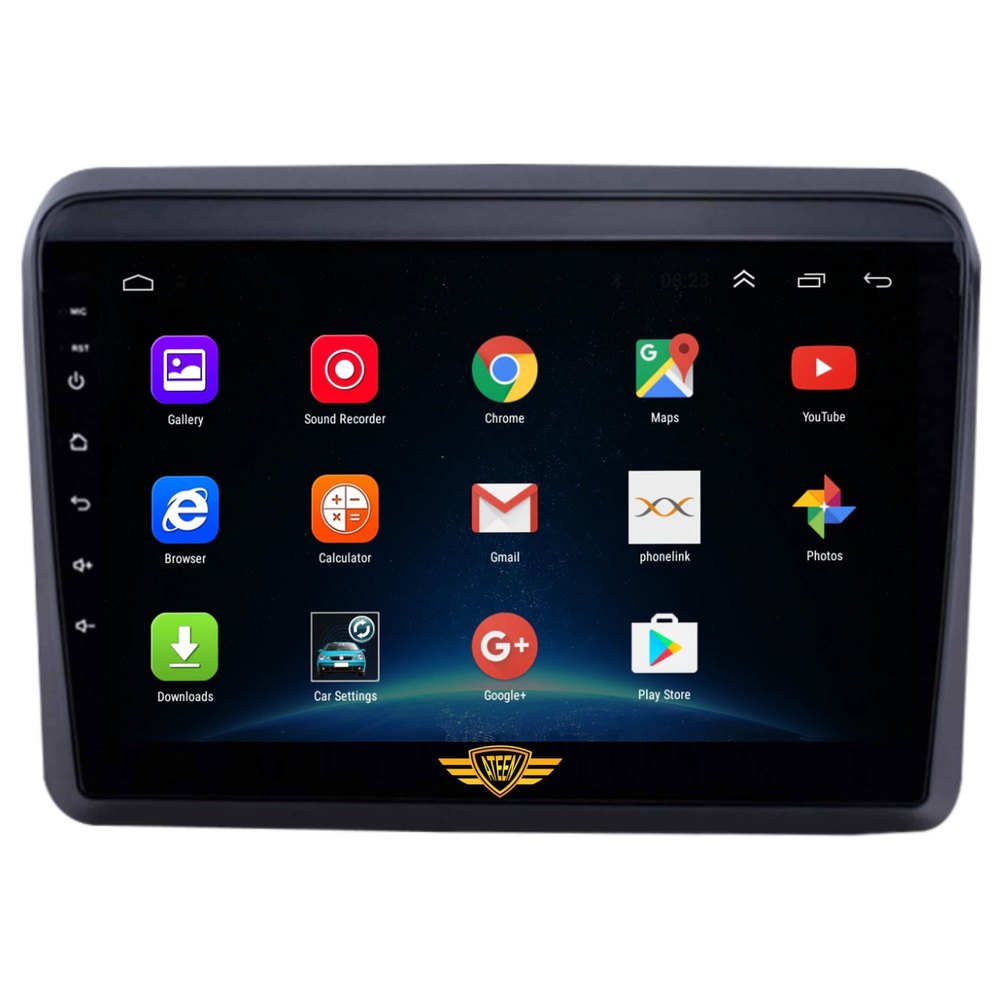If you thought having a car infotainment system with reverse camera was a big deal, think again. These days, it’s a common feature in most vehicles. But what truly matters now is finding the best system—one that goes beyond the basics and elevates your driving experience. The best infotainment systems offer high-resolution displays, advanced safety features like parking assistance, and seamless touchscreen controls that make navigating both roads and entertainment a breeze. In this blog, we’ll explore some of the top infotainment systems with reverse cameras for SUVs, focusing on features that make them stand out.
Why You Need More Than Just a Reverse Camera
Reverse cameras have become a standard in modern vehicles, but not all systems are created equal. While they all aim to make reversing safer, the best car infotainment systems with reverse cameras offer much more. They combine advanced safety features, integrated navigation, and a touchscreen infotainment interface that makes operating the system easy and intuitive. If you’re looking for the best system for your SUV, you should prioritize not just the camera quality but how well the system integrates with other vehicle functions.
Key Features of a Car Infotainment System with Reverse Camera
When choosing the right car infotainment system with reverse camera for your SUV, there are certain must-have features to look for. These go beyond the camera and focus on creating a smooth and enjoyable driving experience.
Here are the key features to prioritize:
- High-resolution reverse camera: Clarity is essential, especially during night driving. A sound system will have a wide-angle view and night vision.
- Parking assistance: Systems with parking assistance go beyond the reverse camera, providing real-time alerts about obstacles and ensuring you park safely.
- Touchscreen infotainment: An extensive, intuitive touchscreen infotainment system makes switching between features like music, navigation, and parking cameras seamless.
- Integrated navigation: A built-in GPS ensures you never have to depend solely on your smartphone for directions. This feature is essential for long drives or in areas with poor mobile network coverage.
- Car audio system: A high-quality car audio system enhances your overall driving experience, whether you’re listening to music or navigating through busy city streets.

Advanced Safety Features That Go Beyond Basics
When it comes to driving an SUV, safety is paramount. A car infotainment system with reverse camera can be a game-changer in tricky situations like reversing in a crowded parking lot or backing out of a narrow space. However, the best systems do more than display what’s behind you. They incorporate advanced safety features like lane departure warnings, blind spot detection, and even front and rear collision alerts.
Parking assistance is another crucial feature. With the help of sensors and cameras, these systems provide alerts when you’re too close to an obstacle or help you align perfectly in a parking spot. In larger vehicles like SUVs, this can take the stress out of parking in tight spots.
How Touchscreen Infotainment Makes Driving Easier
An excellent car infotainment system with reverse camera isn’t just about safety. It’s also about making your driving experience more convenient. The best systems have touchscreen infotainment displays that are easy to operate, even while driving. A responsive, user-friendly screen allows you to control everything from the reverse camera to the car audio system without taking your focus off the road.
One of the most important things to look for in a touchscreen infotainment system is how it handles multitasking. For example, some systems offer split-screen functionality, allowing you to keep navigation and entertainment on the screen at the same time. This makes long drives more enjoyable and hassle-free.
Why Integrated Navigation Is a Must-Have
With a car infotainment system with reverse camera, having integrated navigation is essential. It ensures that you don’t have to fumble with your smartphone while trying to navigate. An integrated GPS provides accurate, real-time directions without relying on your phone’s data connection.
For SUV owners who often go on road trips or drive in unfamiliar territories, integrated navigation is a must. Not only does it provide more reliable directions, but it also works seamlessly with other features like the reverse camera and parking assistance. When these systems work together, they make driving more efficient and less stressful.
How the Right Infotainment System Enhances Your Audio Experience
Another aspect often overlooked is the car audio system. A good infotainment system should offer excellent sound quality to make your in-car experience complete. Whether you’re listening to music, podcasts, or GPS directions, a top-tier car audio system will ensure clear, crisp sound. Look for systems that include built-in digital signal processors (DSP) to optimize audio quality.
A car audio system with a built-in DSP can make a huge difference in sound performance, giving you full control over the audio settings. Whether you’re a fan of bass-heavy beats or prefer a more balanced sound profile, the right car infotainment system with reverse camera will provide the perfect listening experience to suit your taste.
Parking Assistance: The Real MVP for SUVs
For SUV drivers, parking can be a challenge, especially in tight spaces. This is where parking assistance features come in handy. The best car infotainment system with reverse camera includes parking assistance that provides real-time feedback when parking in tight spots.
For example, some systems offer a 360-degree view, providing a bird’s-eye perspective of your surroundings. This is particularly useful for large vehicles like SUVs, as it eliminates blind spots. Parking assistance not only makes parking more manageable but also ensures that your vehicle—and others around you—stays safe from scrapes and bumps.
Final Thoughts
Choosing the right car infotainment system with reverse camera for your SUV isn’t just about getting the basics. It’s about finding a system that enhances your driving experience, adds convenience, and makes your journeys safer. When looking for a system, prioritize features like parking assistance, integrated navigation, and a top-tier car audio system. With the correct infotainment setup, you’ll not only drive safer but also enjoy your time on the road more.






